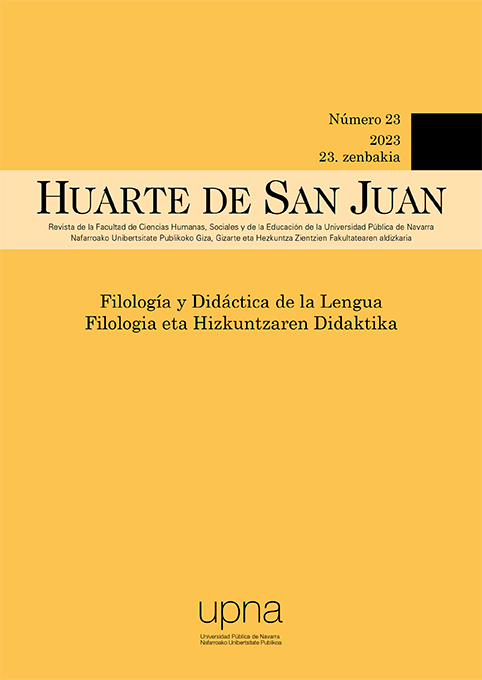Nom o verb? Grammatical reflection on the noun and the verb from an interlinguistic perspective in Primary Education
DOI:
https://doi.org/10.48035/rhsj-fd.23.5Keywords:
didactic grammar sequences, interlinguistic school grammar, metalinguistic reflection, instruction of the verb, Primary EducationAbstract
This article presents a case study in which a didactic grammar sequence entitled Nom o verb? (Noun or verb?) was used. The sequence is based on the Egramint model and aims to introduce the notion of verb to a group of 3rd grade of Primary Education students by means of the contrast of noun phrases and sentences in order to promote metalinguistic reflection. In this paper, we present the didactic sequence and we offer preliminary results related to the teaching and learning of the notion of verb after implementing the didactic sequence in the classroom. These findings allow for some remarks to be made: attending to linguistic forms based on the complexity of their usage contributes to the improvement of language use; interlinguistic contrast affects grammatical conceptualization; students resort to the discursive situation to support their statements about grammatical notions and demand metalanguage to share their reflections.
Downloads
Downloads
Published
How to Cite
Issue
Section
License
Copyright (c) 2024 Joan V. Sempere, Aina Reig, Carmen Rodríguez-Gonzalo

This work is licensed under a Creative Commons Attribution-NonCommercial-NoDerivatives 4.0 International License.
All articles are published under a Creative Commons (BY-NC-ND 4.0) license. Each article will be assigned a DOI.
Authors retain copyright of their work and grant the journal the right to the first publication. Authors can sign additional agreements to non-exclusive distribution of the published version of the article (for example, in an institutional repository) as long as appropriate attribution to the original publication is provided. Articles can be uploaded to institutional repositories immediately after publication.
Electronic distribution of the articles (for example, academic social networks or personal webpages) is allowed and encouraged.
The journal reserves the right to publicise the work in social networks and other electronic means.







